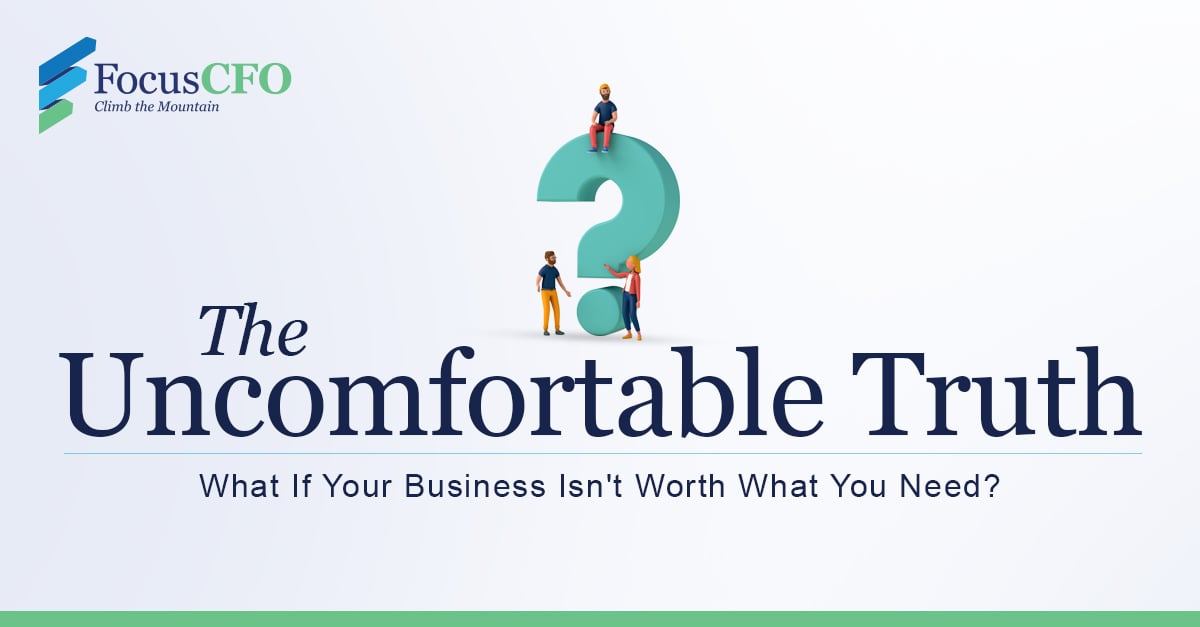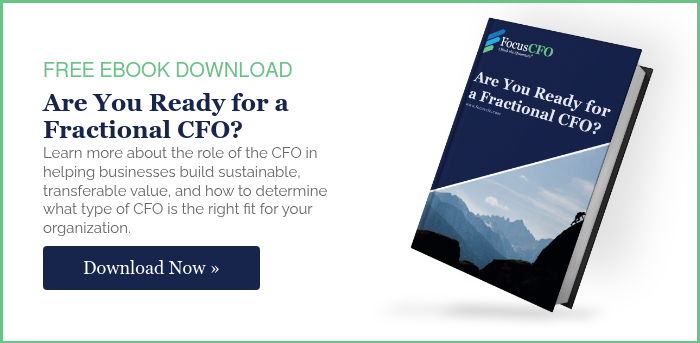As business owners and CEOs, we pour our hearts, souls, and countless hours into building something meaningful. We envision a future where our hard work translates into tangible value, whether that's a comfortable retirement, funding new ventures, or simply the peace of mind that comes with a thriving enterprise. But what happens when the numbers don't align with that vision? What if, after all the sweat and sacrifice, your business isn't worth what you need it to be?
This isn't a comfortable question, but it's a crucial one, especially as we stand on the precipice of the largest wealth transfer in American history. Over the next decade, baby boomers, who currently own approximately 12 million small businesses representing more than $10 trillion in assets, will be transitioning their enterprises. The stakes couldn't be higher, not just for these owners but for the communities they support.
The Ripple Effect of Failed Business Transitions
When businesses fail to transition at appropriate values, the impact extends far beyond the owner's personal finances. Communities suffer profound, cascading effects:
- Job losses and reduced employment opportunities when acquiring companies streamline operations, or worse, when businesses close entirely
- Local tax revenue that funds essential services like schools, infrastructure, and public safety decreases
- Reduced charitable giving as new owners without community ties redirect philanthropic dollars elsewhere
- Diminished local purchasing power affects other small businesses in the ecosystem
- Loss of institutional knowledge and community leadership that often accompanies local business ownership
Each undervalued business transition represents not just an individual setback but a potential wound in the community's economic fabric. When multiplied across thousands of businesses nationwide, this creates a concerning outlook for many small towns and mid-sized cities whose economies rely heavily on locally-owned enterprises.
Finding Your Starting Point
So, let's say you've done the valuation, or perhaps you just have a nagging feeling that things aren't where they should be. What do you do? Where do you even begin to make changes that will truly impact the bottom line and ultimately, the value of your business?
The answer, in my experience, boils down to a fundamental principle: sustainable, transferable value is built on process, systems, and the right people in the right seats. If your business isn't hitting the mark, chances are one or more of these pillars needs strengthening.
The Three Pillars of Business Value
The Power of Process
Are your core business processes clearly defined, documented, and consistently followed? Or are you relying too heavily on individual heroics and tribal knowledge? Inefficient or inconsistent processes leak value. They create bottlenecks, increase errors, and make it difficult to scale or replicate success.
Ask yourself: Can someone step into any key role in my business and understand exactly how things are done? Are there redundancies or unnecessary steps that are costing us time and money?
Documented processes don't just create operational efficiency—they dramatically increase business value by reducing dependency on any single individual, including you as the owner. This transferability is precisely what buyers are willing to pay a premium for.
The Backbone of Systems
Do you have robust systems in place to manage critical areas like sales, operations, finance, and customer relationship management? Or are you relying on spreadsheets and manual workarounds? Scalable value is intrinsically linked to well-integrated systems that provide data-driven insights and automate routine tasks, freeing up your team to focus on higher-value activities.
Ask yourself: Are my systems providing me with the real-time data I need to make informed strategic decisions? Are they scalable to support future growth? Are they enabling efficiency and accuracy across the organization?
In acquisition scenarios, sophisticated systems often represent the difference between a business that commands top dollar and one that struggles to find a buyer at any price.
The Engine of People
Do you have the right people in the right seats, aligned with your vision and empowered to contribute their best? Or are you tolerating underperformance, mismatched skill sets, or a lack of clear accountability? Your team is your greatest asset, and misalignment or inefficiency here directly impacts productivity and ultimately, your business's value.
Ask yourself: Do I have a clear organizational structure with well-defined roles and responsibilities? Are my people equipped with the skills and training they need to succeed? Does my culture attract, retain, and motivate top talent?
A business that can thrive without its founder at the helm is inherently more valuable than one that depends entirely on the owner's daily involvement. Building a capable leadership team isn't just good management—it's essential preparation for eventual transition.
The Path to Increased Value
If your business isn't where you need it to be, the good news is that you have the power to change it. It won't happen overnight, but by focusing on strengthening your processes, implementing effective systems, and ensuring you have the right people in the right seats, you can build a more efficient, scalable, and ultimately, more valuable business.
This requires a strategic mindset, a willingness to make tough decisions, and a commitment to continuous improvement. It might mean investing in new technologies, re-engineering workflows, or even making changes to your team. But the long-term rewards—a business that delivers on your personal and financial goals while preserving community wealth—are well worth the effort.
The Community Stewardship Imperative
As business owners, we are more than profit-generators; we are stewards of community resources. The value gap in your business isn't just your problem—it potentially represents future lost wages, diminished local services, and reduced philanthropic capacity in your community.
When businesses transition successfully at appropriate values, they often:
- Maintain or increase local employment
- Continue supporting local vendors and suppliers
- Preserve involvement in community initiatives
- Generate wealth that recirculates within the community
- Create opportunities for the next generation of entrepreneurs
This perspective transforms business value-building from a purely self-interested activity into one with profound social implications. Every dollar of increased business value potentially represents multiple dollars of community benefit over time.
Taking Action Now
As a Vistage Chair and Area President for FocusCFO, I have the privilege of guiding business owners through these very challenges. It's inspiring to see the transformative impact that strategic thinking and focused action can have.
The window for maximizing business value ahead of the coming transition wave is closing. Waiting until you're ready to exit means potentially leaving substantial value—and community benefit—on the table. The best time to start building transferable business value was years ago. The second-best time is today.
If you're looking at your business and wondering what needs to change to bridge the value gap, know that you're not alone. Let's have a conversation and explore the possibilities together—not just for your benefit, but for the lasting prosperity of the communities we all call home.







